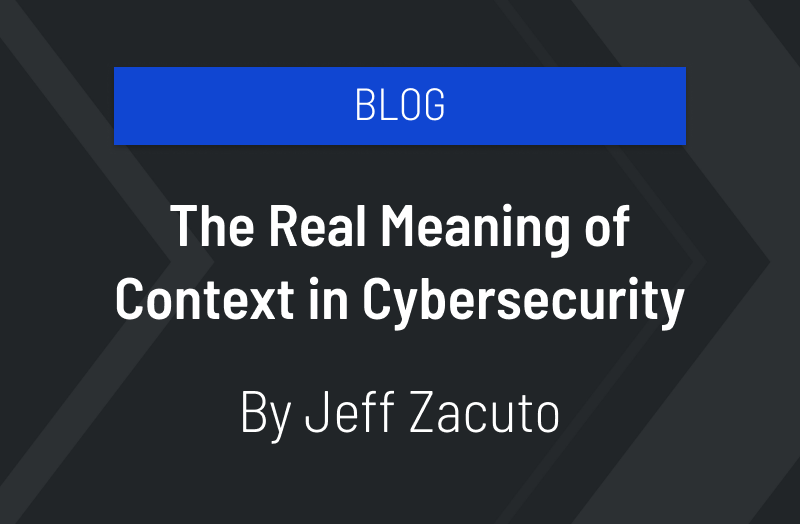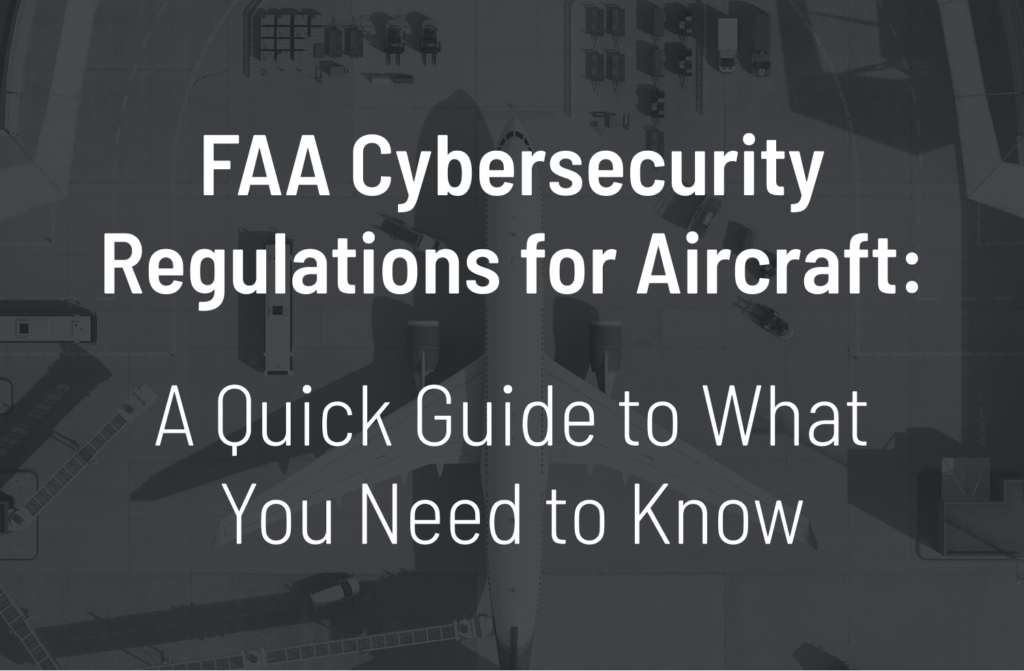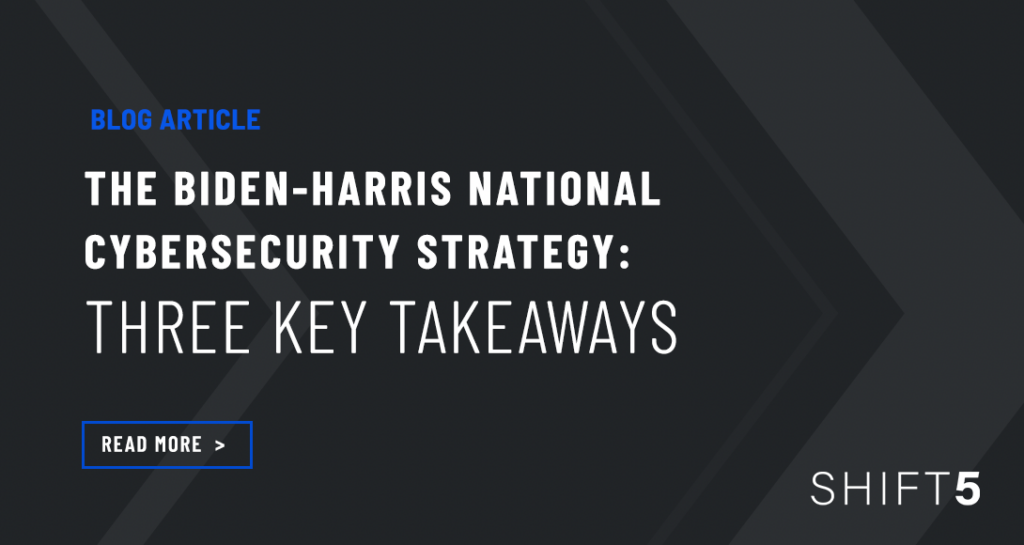Shift5 GPS Integrity Module Named Best New Product/Service in AUSA 2024 National Partner Awards

Shift5 is proud to announce that the Shift5 GPS Integrity Module has been named the Best New Product/Service of the Year by the Association of the United States Army (AUSA) in its 2024 National Partner Awards. This recognition validates Shift5’s commitment to supporting the mission of the U.S. Army by providing innovative technology solutions to […]
The Real Meaning of Context in Cybersecurity

Our nation’s critical defense and transportation infrastructures face an increasingly sophisticated landscape of interconnected systems, placing enormous pressure on operators to sift through thousands of alerts from various assets. Analysts could easily become overwhelmed by a wall of flashing alerts—some critical, some less so. Without context, they could waste valuable time fixing a non-urgent issue while overlooking an alert affecting thousands of users. Context is key to cutting through the noise. It empowers operators to prioritize critical issues, focus time and resources where they matter most, and prevent system-wide disruptions.
FAA Cybersecurity Regulations for Aircraft: A Quick Guide to What You Need to Know

The FAA’s proposed cybersecurity regulations are driving a pivotal shift in safeguarding the aviation industry against the rising threat of cyberattacks. As aircraft systems grow more interconnected and reliant on digital technologies, robust cybersecurity measures are becoming increasingly crucial. These regulations establish a standardized framework to protect complex systems from unauthorized access and manipulation, streamlining the certification process while reducing time and costs.
The World We’re Already In: Electronic Warfare Targeting our Critical Infrastructure

The chilling uncertainty of “Leave the World Behind,” the Netflix smash hit where a seemingly idyllic family vacation unravels amidst the shadows of an unknown crisis, has left many of us wondering, “How far from fiction is this?”
The Biden-Harris National Cybersecurity Strategy: Three Key Takeaways

Last Thursday, the Biden-Harris administration released an aggressive strategy to tackle the nation’s most pressing cybersecurity issues. The National Cybersecurity Strategy (NCS) is a welcome development for industry advocates who’ve long encouraged the government to adopt a culture where protecting our infrastructure from digital threats isn’t a passive add-on or afterthought. Cyber protection and survivability must be a primary consideration from conception and design to implementation and deployment. Cybersecurity is national security
